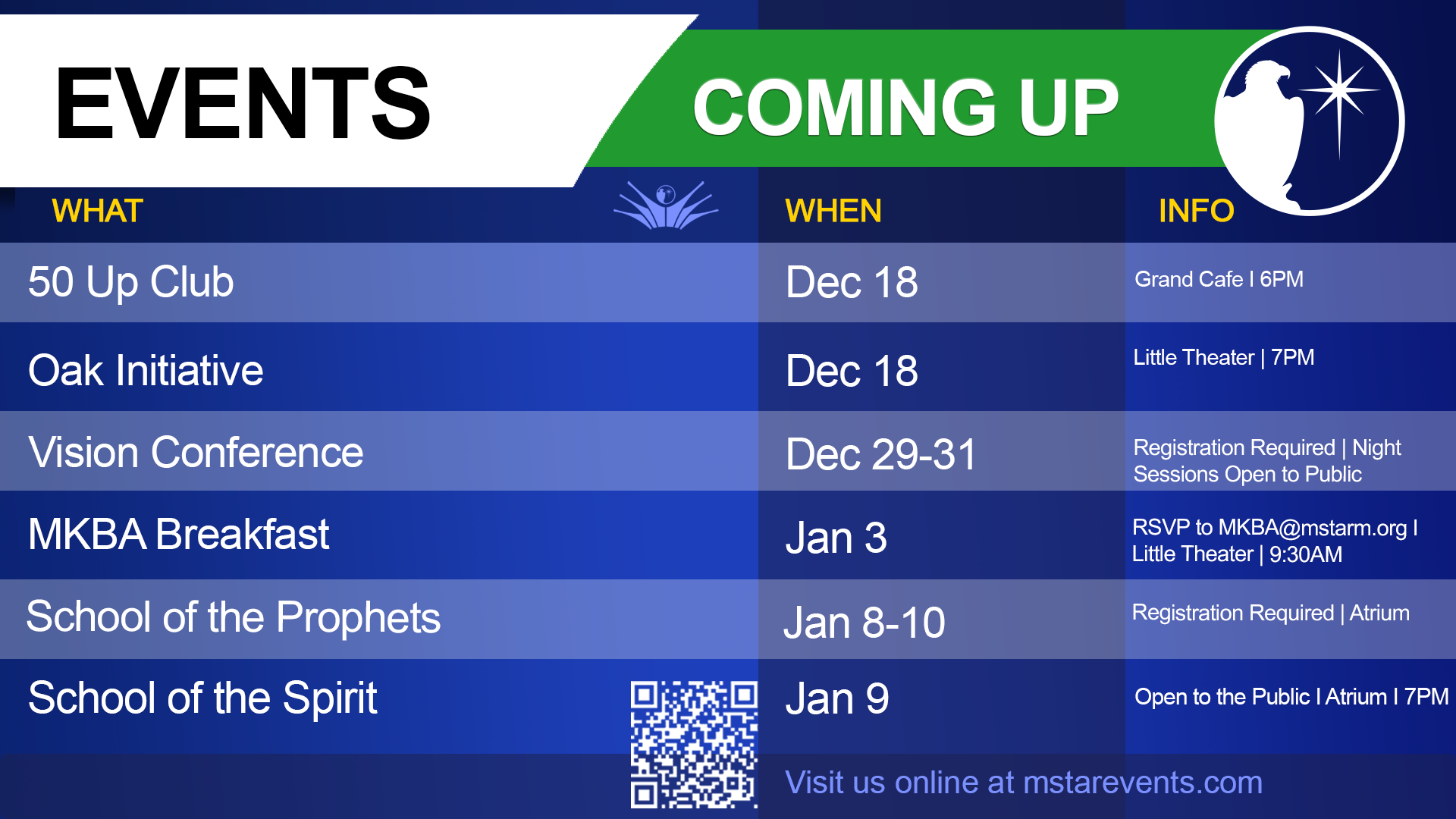This week we will continue with the sixth seal:
I looked when He broke the sixth seal, and there was a great earthquake; and the sun became black as sackcloth made of hair, and the whole moon became like blood;
and the stars of the sky fell to the earth, as a fig tree casts its unripe figs when shaken by a great wind (Revelation 6:12-13).
If the sixth seal parallels the sixth church age, then we should find events that could fulfill this prophecy. We are not disappointed—some events seem to have been fulfilled literally and in spectacular ways.
The Great Lisbon Earthquake on November 1, 1755 may have been the most powerful quake in recorded history. It shook most of Europe, Africa, and was even felt in North America. The damage was extreme in Portugal, Spain, and North Africa. The population of Lisbon was about 150,000 at the time, and an estimated 90,000 died that day.
The ocean receded so that dry land could be seen for a great distance from where it had been. When it came back, it had risen fifty feet above its previous level. Whole villages as far away as North Africa disappeared. There were reports of large bodies of water, such as the Lochs in Scotland, rising out of their banks and then withdrawing far below their previous levels. It is believed that a large part of the earth’s surface was agitated that day.
This could certainly qualify as the “great earthquake” John saw with the opening of the sixth seal. But what about the sun turning dark? This too happened on what has been called “the Dark Day” of May 19, 1780. The degree of darkness, and the time it lasted, was different in various places, but it was far beyond what could have been considered an eclipse. Eclipses last for minutes, but this darkness began around 10am in New England and lasted from 14 to 36 hours in different places. An eclipse is like a shadow passing over the earth, but this darkness was so great that people were unable to read or see the time on their watches during normal daylight hours without candles.
At night, the darkness was so thick that people reported being unable to see a white sheet of paper held inches away from their eyes. No stars were visible. On the few occasions that the moon appeared, it was reported to be blood red, just as in John’s prophecy.
The cause of this phenomenon has never been explained. Many considered this a sign that Judgment Day had come, and it was reported that people died because their hearts failed them for fear of what had come upon the earth. The historic accounts often refer to this day as being like the plague of darkness that came upon the land of Egypt in the time of Moses.
The third sign—stars falling like a fig tree casting its figs in a great wind—was also fulfilled on November 13, 1833 with a meteor shower. Some reports suggested that this was the most spectacular meteor shower ever witnessed. Some even described it as "stars falling like fruit shaken from a tree," just as John had described.
As we read in the first part of Revelation, the stars represented the messengers to the churches. It seems that this great meteor shower event was a sign in the heavens of the great messengers being released upon the earth. Since that time, some of the greatest voices in church history appeared and burned brightly in the short span of their life, much like a meteor shower.
Such signs are given as markers of the times. These amazing signs took place in the sixth church age. They spanned the time of the First and Second Great Awakenings and likely contributed to them. Modern missions and the modern evangelical movements emerged during this period and spread over the earth. After these signs, we should see the unfolding of the next great event John prophesied would come, which we will cover next week.



